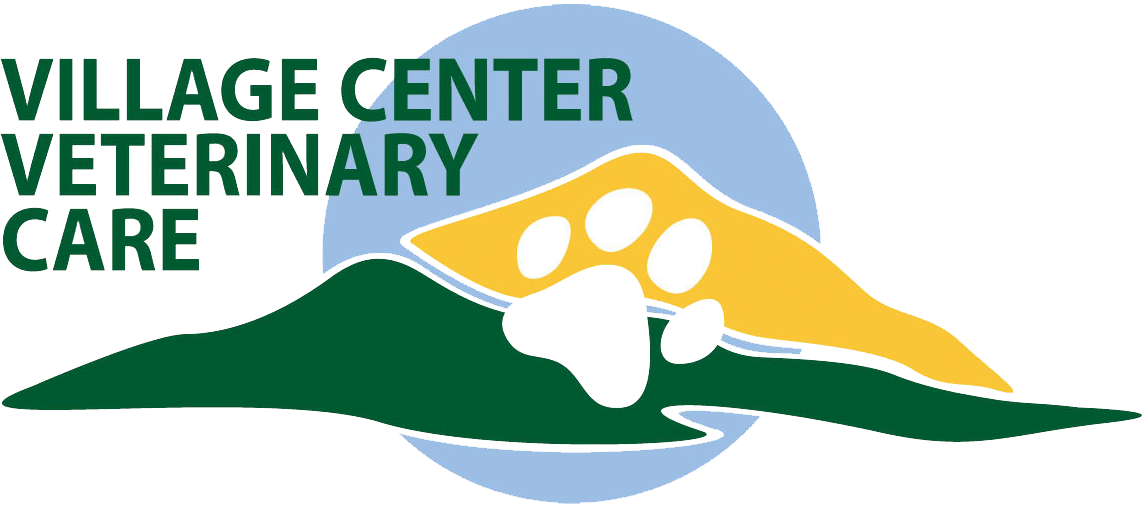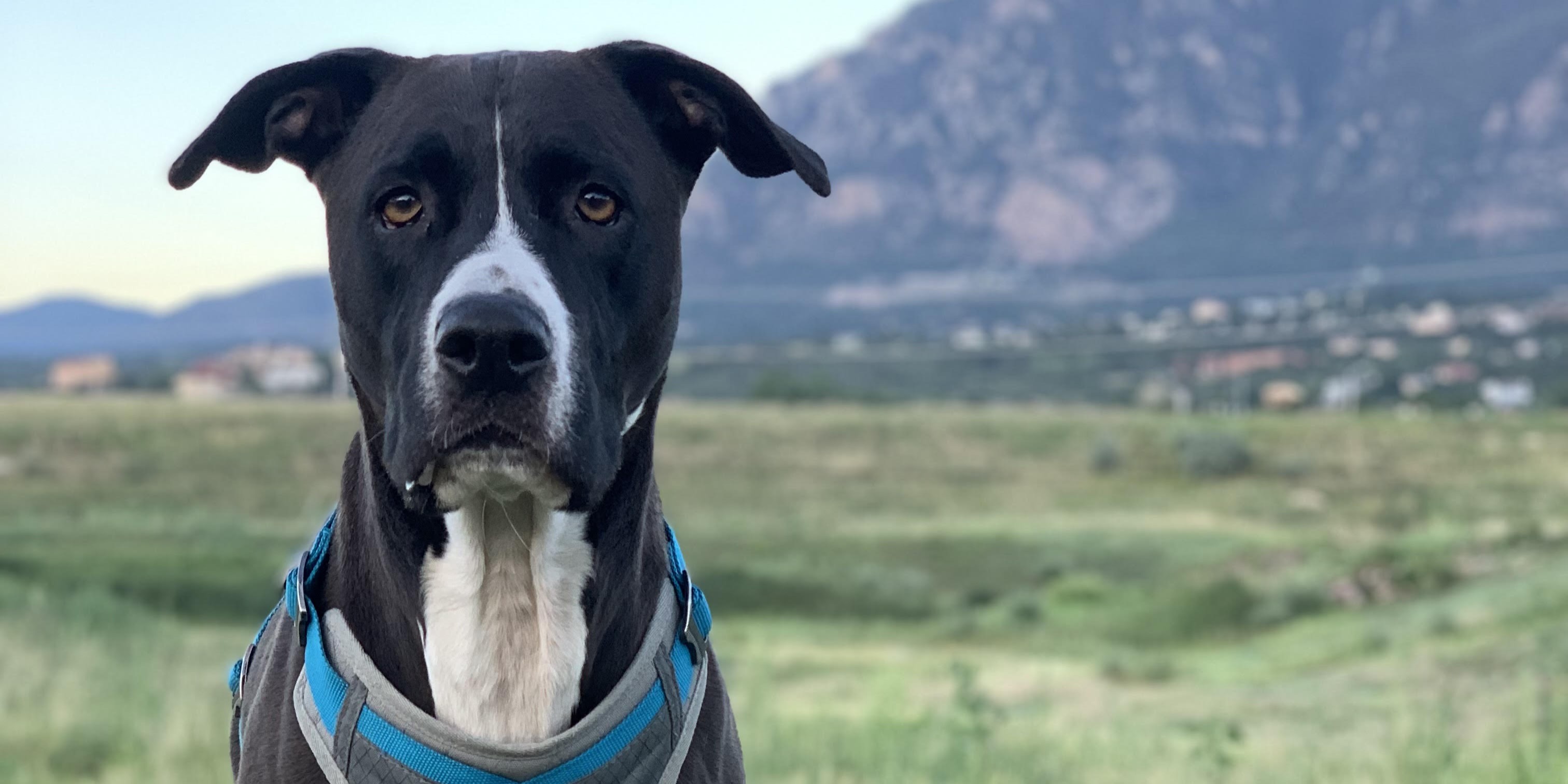Hiking season is upon us. As many of us are gearing up to hit the trails in earnest this summer we are looking forward to getting our canine companions out there too. Here are some things to think about if you are considering bringing your pooch along on weekend warrior expeditions.
First, you may have aged another year, but a significantly larger portion of your dog’s life span has passed for him. Don’t just assume that he is the same puppy he was a few years ago who pulled you up the incline and wondered what was taking you so long. Arthritis, lack of conditioning, and other health issues may present challenges that he can’t tell you about. A dog that is feeling good will usually be keeping up or leading the way seemingly without effort. If your dog is dragging way behind you he is struggling for some reason, maybe blistered pads, painful joints, poor conditioning, or overheating. If the dog is lagging you need to stop and figure out what the problem is rather than keep going and assume that he will catch up eventually. Take a good look at your dog and consider how far you might be able to carry him if he flops on the ground and refuses to walk any more. If that distance would be measured in inches rather than miles you might want to consider not making your first hike out of the gate an up and down of Pikes Peak on Barr trail.
Heat stroke is always a possibility when exerting on hot days. Sweating is a much more efficient way to cool the body than panting, but unfortunately dogs are stuck with the panting model, so they need extra attention paid to cooling off. Dogs with smashed faces like pugs and bulldogs and dogs with any sort of respiratory impairment like laryngeal paralysis are very prone to heat stroke on moderately warm days that normally wouldn’t be a problem for other dogs or people. When dogs start diving for a shady spot, collapsing into the dirt and refusing to move they are likely dangerously overheated and in desperate condition. Stop immediately in a shady place and soak feet and neck in water to help them with some evaporative cooling too. Once a body is cooked there is no way to un-cook it, so paying attention to the signs is important. Creeks and streams are great ways for dogs to rehydrate and cool off. People have been conditioned to perceive all water found in nature as a moving stream of toxic waste that most surely will result in illness or death if we have any contact with it at all. Although there is a miniscule possibility that a dog could get giardia from drinking from a mountain stream the chances that he could develop serious complications from overheating and dehydration if he doesn’t get a chance to cool off or drink as much as he needs to is tremendously higher.
Have your dog leashed in areas where leash laws apply. Your dog is not voice trained. He may eventually return to you once he has exhausted his interest in whatever else he is doing as you stand on the trail and shout for him to come over and over again, but that is not evidence of being under voice control. Your dog may be very friendly with other dogs, but the dog he barges up to greet may not be friendly and the souvenir bite wounds he will get as a result will not be pleasant. Your dog may love to say hello to people on the trail, but the mountain biker who gets tangled up with him won’t appreciate the broken arm, and mountain bike tracks over the middle of your dog don’t feel good to him either. Harassing wildlife may be wonderfully entertaining for the dog, but picking on the wrong buck during rutting season can result in a serious shredding with razor sharp hooves.
Make sure your dog has a collar with some identification on it, or better yet, a microchip that is registered with current information. People get separated from their animals more often than you might think, and the dogs won’t tell the people who pick them up wandering in the woods where they belong.
A little sensitivity and empathy for the condition of our non-speaking companions, and general common sense go a long way to making sure you can enjoy your outdoor time safely with your dog.


